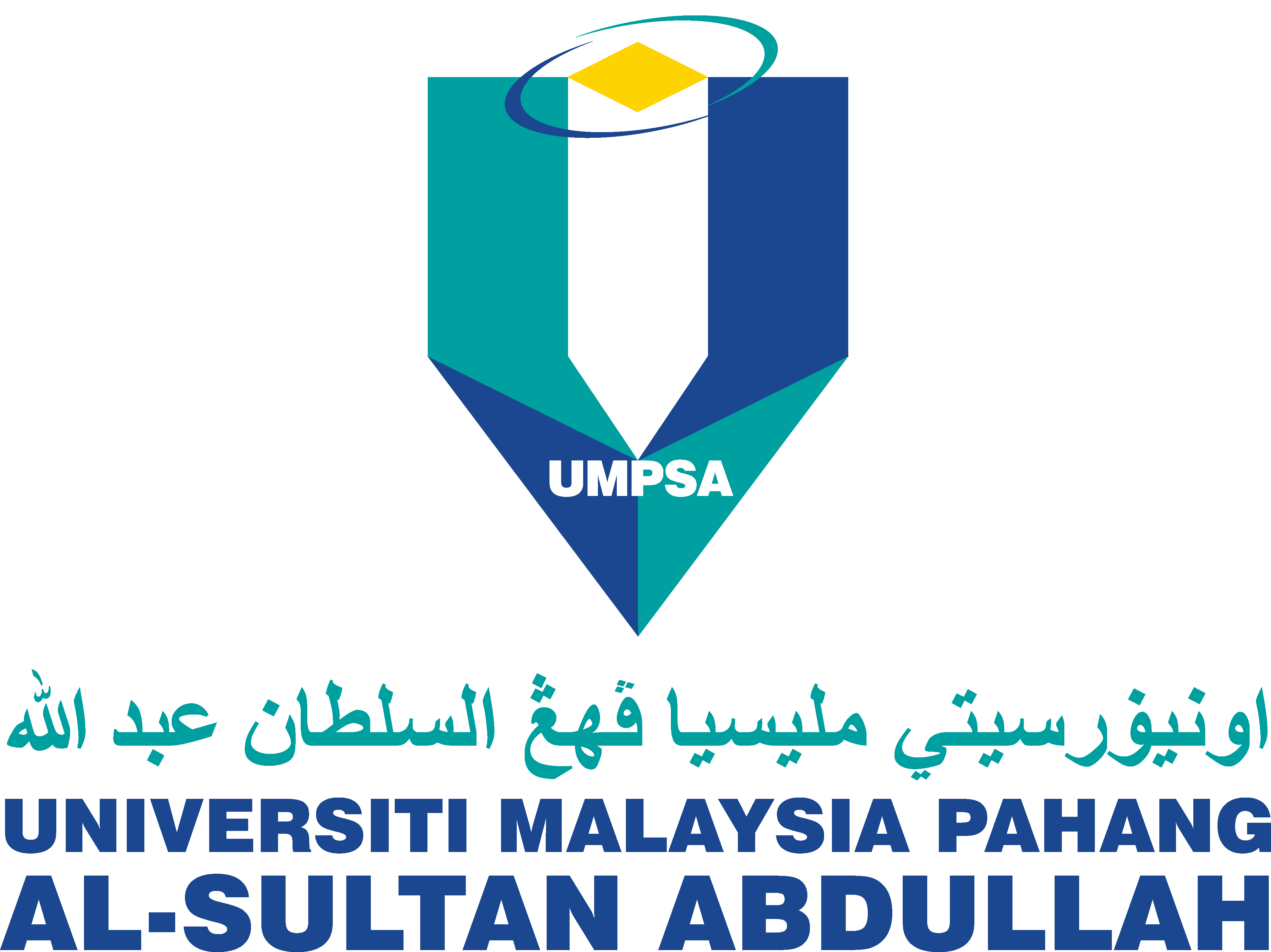A Linear Programming Model for Product Mix Profit Maximization in A Small Medium Enterprise Company
DOI:
https://doi.org/10.15282/ijim.9.0.2021.5956Keywords:
Product mix, Linear programming, Small Medium Enterprises, Drinking waterAbstract
Production planning is often challenging for small medium enterprises (SMEs) company. Most of the SMEs are having difficulty in determining the optimal level of the production output which can affect their business performance. Product mix optimization is one of the main key for production planning. Many company have used linear programming model in determining the optimal combination of various products that need to be produced in order to maximize profit. Thus, this study aims for profit maximization of a SME company in Malaysia by using linear programming model. The purposes of this study are to identify the current process in the production line and to formulate a linear programming model that would suggest a viable product mix to ensure optimum profitability for the company. ABC Sdn Bhd is selected as a case study company for product mix profit maximization study. Some conclusive observations have been drawn and recommendations have been suggested. This study will provide the company and other companies, particularly in Malaysia, an exposure of linear programming method in making decisions to determine the maximum profit for different product mix.
References
Balogun, O. ., Jolayemi, E. ., Akingbade, T. ., & Muazu, H. . (2012). Use Of Linear Programming For Optimal Production In A Production Line In Use Of Linear Programming For Optimal Production In A Production Line In Coca – Cola Bottling Company , Ilorin. International Journal of Engineering Research and Applications (IJERA), 2(5).
Biswas, S., & Chakraborty, A. (2016). Importance of Production Planning and Control in Small Manufacturing Enterprises, 5(6), 61–64.
Chew, L. L. (2018). Competitive Advantage of Malaysian Small Medium Enterprises: Impact of Supply Chain Management Practices, Environmental Uncertainty and Supply Chain Flexibility, (July).
Ezema, B. I., & Amakom, U. (2012). Optimizing Profit with the Linear Programming Model: A Focus on Golden Plastic Industry Limited, Enugu, Nigeria. Interdisciplinary Journal of Research in Business, 2(2), 2046–714137.
Fagoyinbo, I. ., Akinbo, R. ., Ajibode, I. ., & Olaniran, Y. O. . (2010). Maximization of Profit in Manufacturing Industries using Linear Programming Techniques: GeePee Nigeria Limited. African Society for Scientific Research (ASSR) MAXIMIZATION.
Ginting, M., Kirawan, M., & Marpaung, B. (2018). Product mix optimization on production planning-a Fuzzy Mixed Integer Linear Goal Programming ( FMILGP ) approach : A single case study, 02004.
Gunasekaran, H. L., Zainali, S., & Aghapour, A. H. (2015). The Optimization Problem of Product-Mix and Linear Programing Applications ; A single-Case Study in Tea Industry. Australian Journal of Basic and Applied Sciences, 9(3), 7–18.
Haider, Z., Fareed, R., Tariq, M. B., Usman, S., Ud din, N., & Khan, S. (2016). Application of Linear Programming for Profit Maximization : A Case of Paints. International Journal of Management Sciences and Business Research, 5(12), 144–151.
Kamarudin, K. (2019, April 29). Rev Up SME Sector To Create More Jobs: Economist. Bernama.Com.
Malaysia, D. of S. (2019). SME Landscape of Malaysia.
Maurya, V. N., Misra, R. B., Anderson, P. K., & Shukla, K. K. (2015). Profit Optimization Using Linear Programming Model : A Case Study of Ethiopian Chemical Company. American Journal of Biological and Environmental Statistics, 1(2), 51–57. https://doi.org/10.11648/j.ajbes.20150102.12
Molina, M. G. (2018). International Journal of Applied Mathematics Electronics and Computers Product Mix Optimization at Minimum Supply Cost of an Online Clothing Store using Linear Programming, 6(3), 33–38. https://doi.org/10.1039/b000000x
Muda, N. (2015). Determination of optimum values for maximizing the profit in bread production Determination of optimum values for maximizing the profit in bread production : Daily bakery Sdn Bhd, (February). https://doi.org/10.1063/1.4907528
Nahmias, S. (2004). Production and Operation Analysis (5th Editio). Mcgraw-Hill College;
Ogbeide, D. (2018). Product Mix Optimization in the Manufacturing Industry : A Linear Product Mix Optimization in the Manufacturing Industry : A Linear Programming Approach, (December).
Opoola, O. M. (2017). Inventory Control and Profit Maximization in A Manufacturing Company; A Case Study of Nigeria Distrilleries Limited, Sango Otta Ogun State, (October).
Sengupta, D. (2016). Determination of Optimal Product Mix for Profit Maximization using Linear Programming. JERA, 6(1).
Sharma, J. . (2016). Operations research : theory and applications (6th Editio). New Delhi : Trinity Press, an impint of Laxmi Publications Pvt. Ltd.
Taha, H. A. (2011). Operations Research: An Introduction (9th Editio). Prentice Hall.
Tang, A. (2019, May 2). Businesses worry about economy slowing, uncertain government policies. The Star Online. Retrieved from thestar.com.my/news/nation/2019/05/02/businesses-worry-about-economy-slowing-uncertain-govt-policies
Wang, Y., & Li, L. (2017). Computers & Industrial Engineering Manufacturing profit maximization under time-varying electricity and labor pricing. Computers & Industrial Engineering, 104, 23–34. https://doi.org/10.1016/j.cie.2016.12.011
Yahya, W. B., Garba, M. K., & Ige, S. O. (2012). Profit Maximization In A Product Mix Company Using Linear Programming, 4(17), 126–131.



